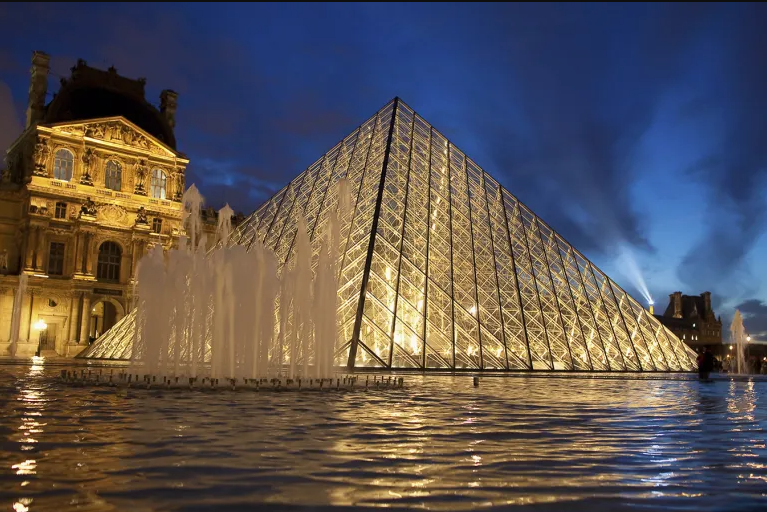
Parisian museums are embracing adventurous experiments and artificial intelligence to attract younger audiences while still maintaining traditional visitor experiences with artworks.
In a conversation with the French news agency, Chloe Séguin, head of live performances at the Pompidou Center, a major museum of modern art and a leading cultural destination in using new technologies, stated that it’s the “language of the new generation, those born in the digital age who consider any venue lacking modern technology as deficient.”
While several cultural centers, such as the Lumière Institute, focus on modern technologies and develop giant digital exhibitions worldwide, modern technologies are not continuously used in official museums.
The Louvre Museum began limited use of modern technologies in 2019, adopting virtual reality technology that made Leonardo da Vinci speak about the Mona Lisa and his other works. Since last October, visitors to the world’s largest museum can explore some ancient Egyptian works using their smartphones and augmented reality technology, which allows for direct information addition to the original work.
Thanks to augmented reality, the Pompidou Center was able to educate the French and global public about the story of civil rights activist Claudette Colvin in the last year. She was the first African American woman to refuse to give up her bus seat to a white person before Rosa Parks. Her story was told through life-sized images that recreated characters from her life in Alabama during the 1950s.
Ougo Dantes of HoloForge Interactive explains how his company allowed the rediscovery of Casino Villa Massena in Nice, the Panckoucke House of Mathematics in Paris, or the Lalibela Christian site in Ethiopia listed by UNESCO heritage through augmented reality technology.
However, Dantes does not prefer this technology “completely over reality,” expressing hope to use it one day at the Palace of Versailles. Marion Carie, president and co-founder of Aska Mona, a pioneering startup in culture-specific artificial intelligence, says the world has witnessed a pivotal milestone that can be summarized as “before and after GPT Chat” and points out that the company has developed the “first voice guide that directly answers visitors’ questions,” currently available at the National Museum of Fine Arts in Quebec.
Leave a Reply